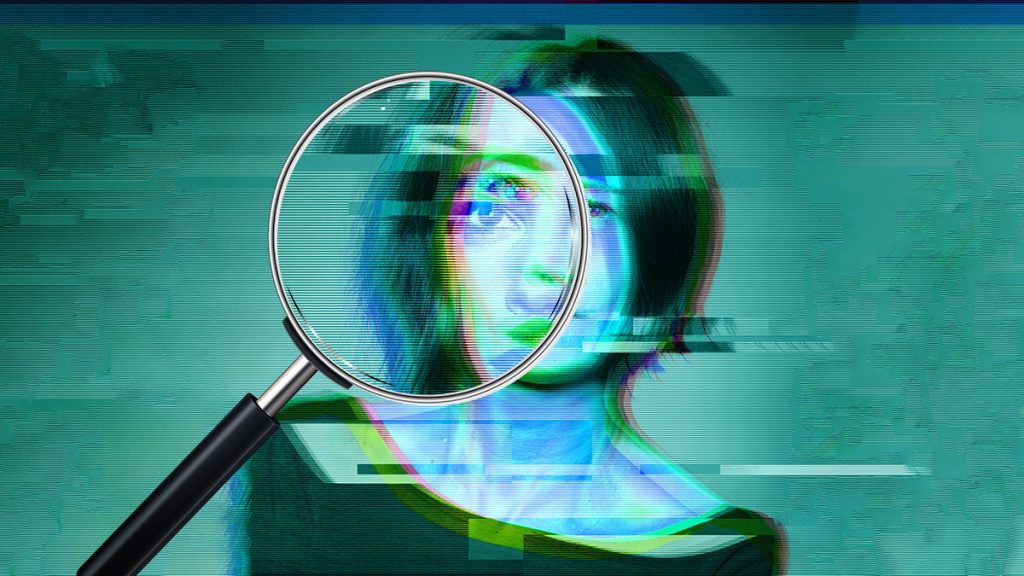
The spread of deepfakes on social media platforms poses a significant danger, and preventing their dissemination is essential.
- Implementing AI-based technologies, content policies, and dedicated teams to detect and remove deepfakes can help fortify security against artificially generated content.
- Independent fact-checkers or fact-checking teams exclusive to each platform can help compare the content with other sources to verify its authenticity.
- Social media platforms can empower users by providing information on different types of doctored content and how to spot signs of manipulation.
In a previous article, we discussed the dangers deepfakes pose in politics. So, the question remains: how can we prevent the spread of deepfakes? Questioning the source works to a certain extent but the true challenge is when this artificially generated content spread like pollen in the spring on a windy day over the web. And as you may now know, once on the internet, forever on the internet. To everyone’s dismay, the main propagation method is social media platforms.
Detection and Removal
Implementing measures to detect and remove them is key to fortifying the security against artificially generated content. One way is using AI-based technologies to detect manipulated media. Game recognizes game, I guess. Establishing content policies prohibiting the sharing of such content could also benefit the movement. Finally, these platforms should also invest in teams dedicated to reviewing and removing potentially harmful content.
Fact-Checking
Fact-checking is a crucial tool in this regard. In fact, it involves comparing the content of the video or image with other sources to verify their authenticity and prevent the spread of deepfakes. Users are then not exposed to false information and can make informed decisions based on accurate information. There are 2 ways to go about this:
- Independent fact-checkers
- Fact-checking teams exclusive to each platform
Education
Digital literacy, especially when it comes to Baby Boomers, is key to mitigating the spread of deepfakes. Social media platforms empower the user by providing information on the different types of doctored content, especially since it has evolved beyond photoshop:
- Face swaps
- Voice cloning
- AI-generated content
They can also explain the creation of these digitally altered materials. Not to forget, teaching users how to spot signs that a video or image has been manipulated is also a priority, e.g., inconsistencies in lighting or facial expressions.
Final Thoughts
All these measures that social media platforms can take to mitigate the spread of deepfakes are nice and dandy. But the main issue is the human self-regulation part. Have you met a human before? That’s what has gotten us into this circus in the first place. Our coveted free will made it so people have a choice between spreading misinformation and relaying faithful and reliable information. It is up to us to choose which way the pendulum is swinging. And unfortunately, some people out there like to see the world burn.
Inside Telecom provides you with an extensive list of content covering all aspects of the tech industry. Keep an eye on our Community section to stay informed and up-to-date with our daily articles.